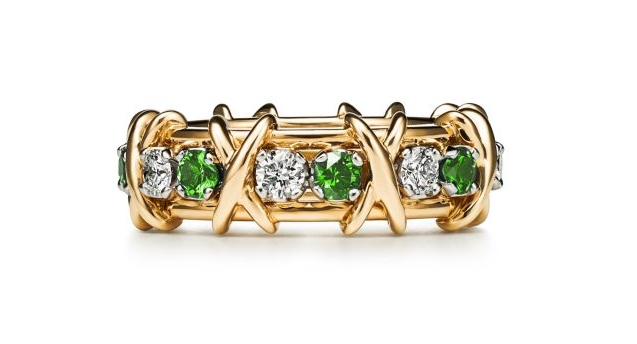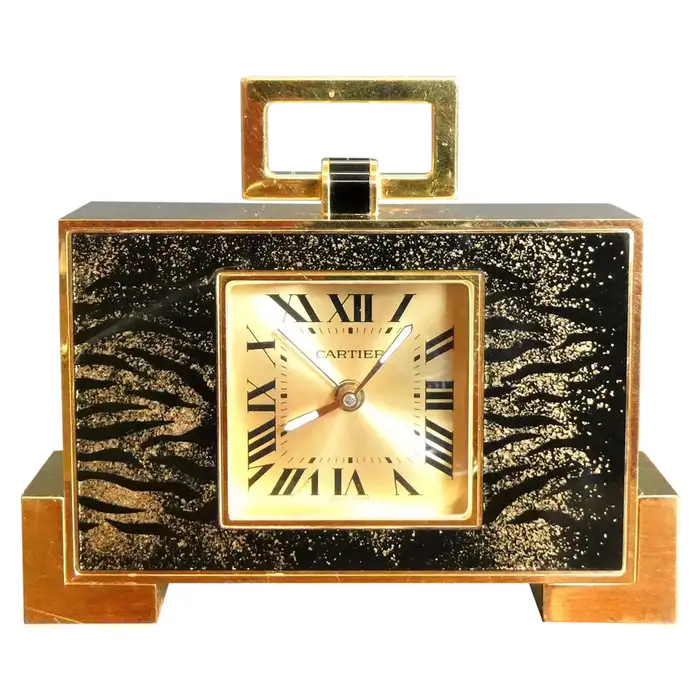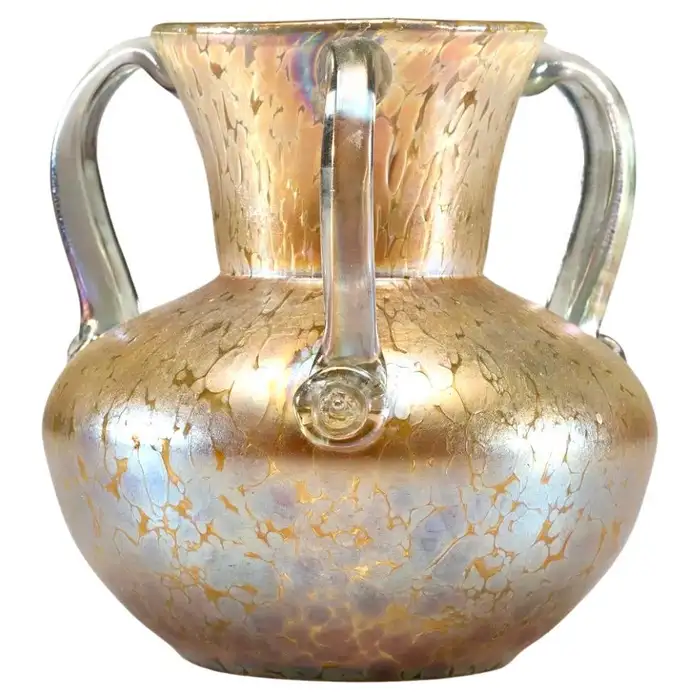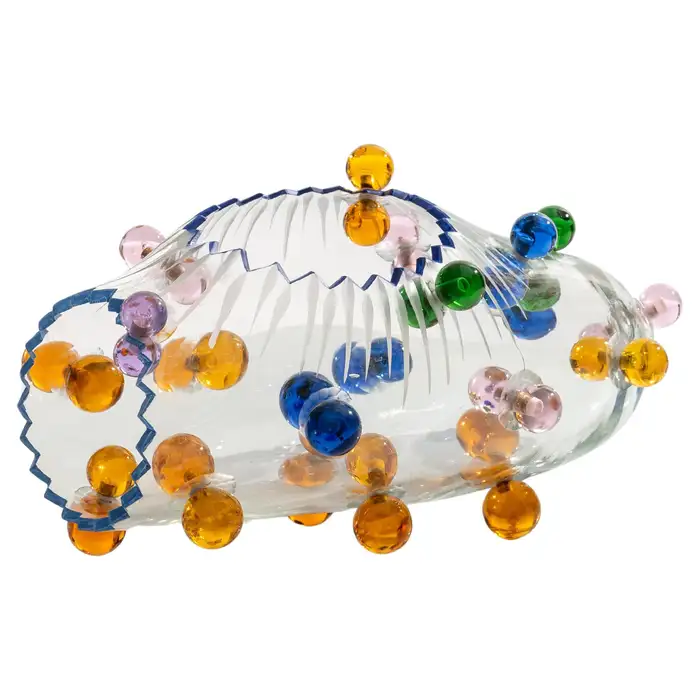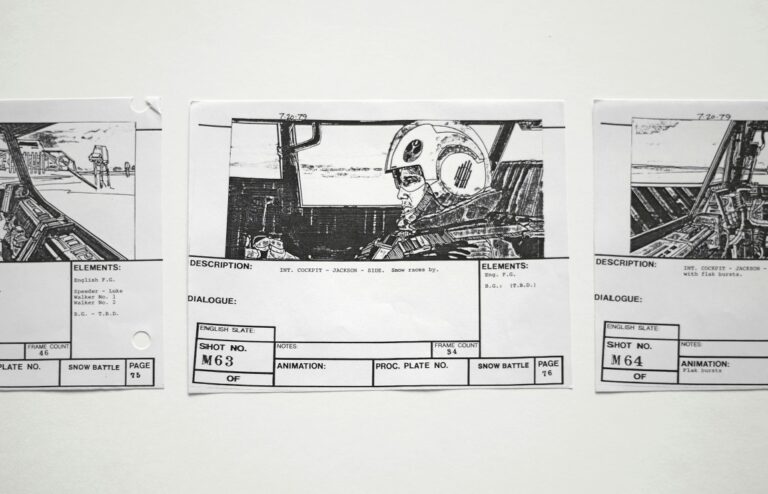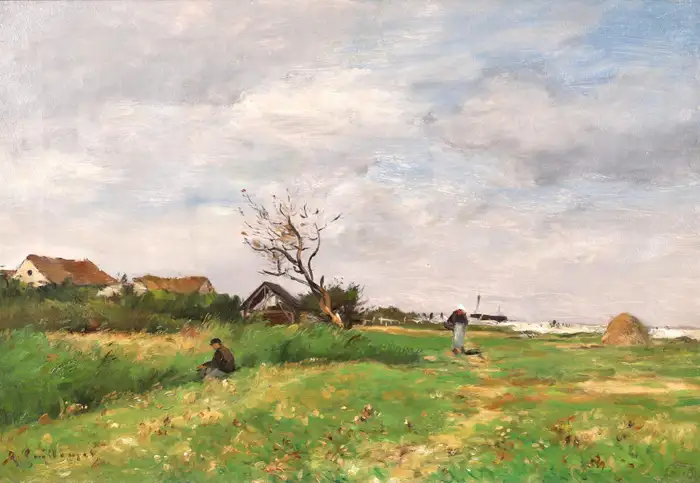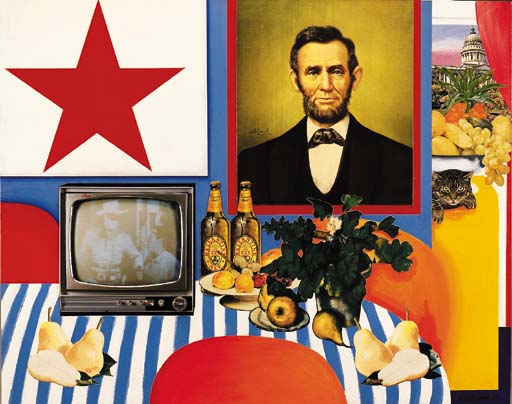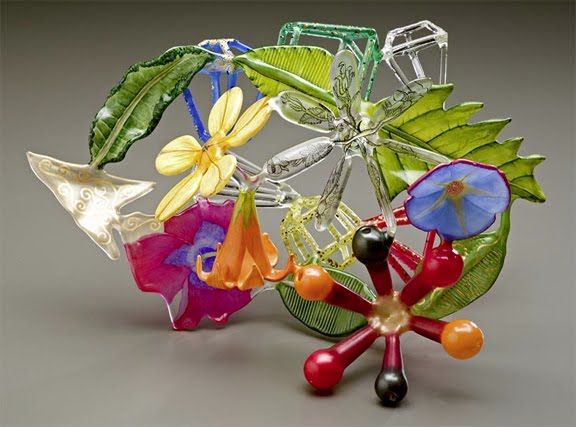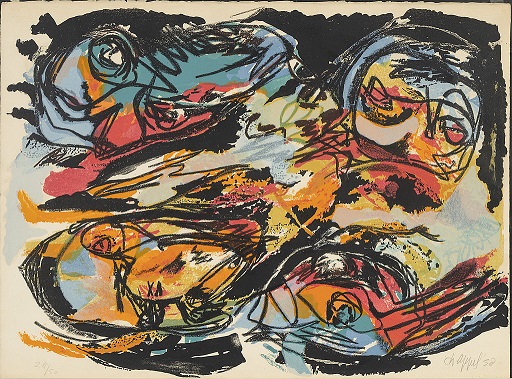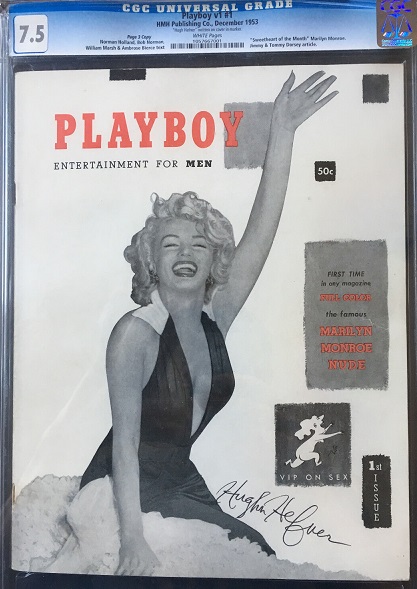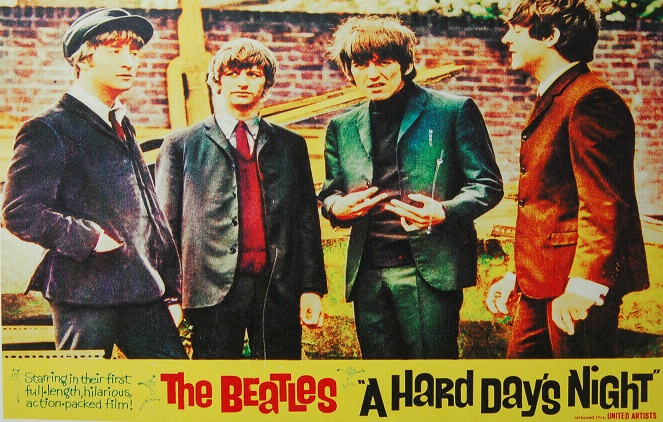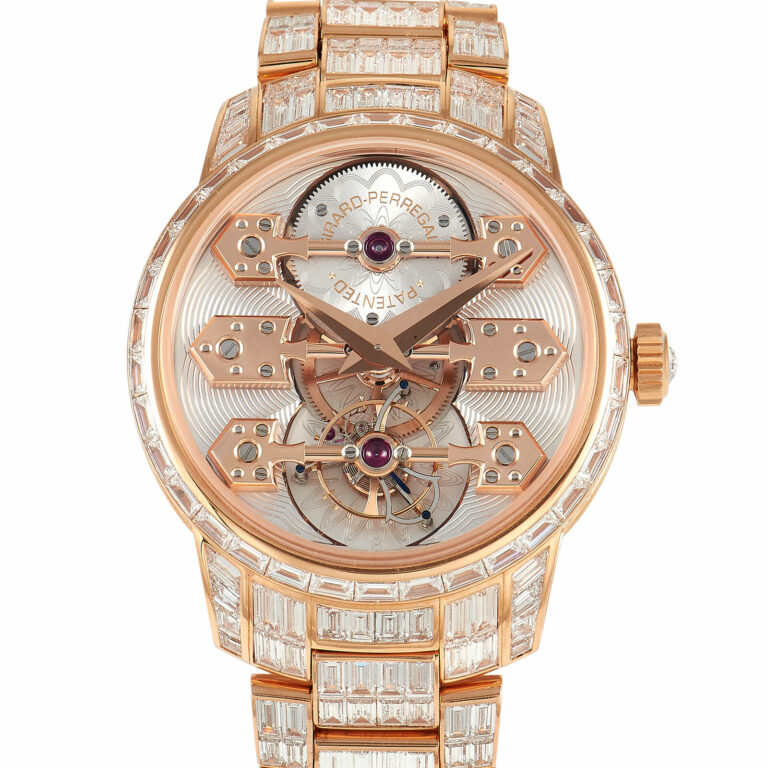Tom Wesselmann was a significant figure in the Pop Art movement in the United States. Born in Cincinnati in 1931, Wesselmann created artworks that were known for their vibrant colors and bold shapes. He was best known for his still-life paintings, which typically featured items like cigarette packets, cups, and other everyday objects.
Wesselmann’s unique style was heavily influenced by his surroundings. He grew up in Ohio during the Great Depression, and his family owned a steel mill. He was surrounded by the industrial landscape of the Midwest, and this had a profound impact on his artistic sensibilities.
In the 1960s, Wesselmann began creating a series of works that came to be known as his “Great American Nude” series. These paintings depicted nude women in erotic poses, but they were not meant to be titillating. Instead, they were meant to challenge the viewer’s ideas about what was acceptable in art.
Wesselmann’s work was not always well-received by critics. Some accused him of misogyny and others saw his work as too commercial. But his influence on the art world cannot be denied. Today, his works are highly sought after by collectors and his legacy continues to inspire new generations of artists.
Overall, Tom Wesselmann was a complex figure who made an indelible mark on the art world. His bold colors and daring subject matter challenged the status quo and helped to shape the course of Pop Art in the United States.


